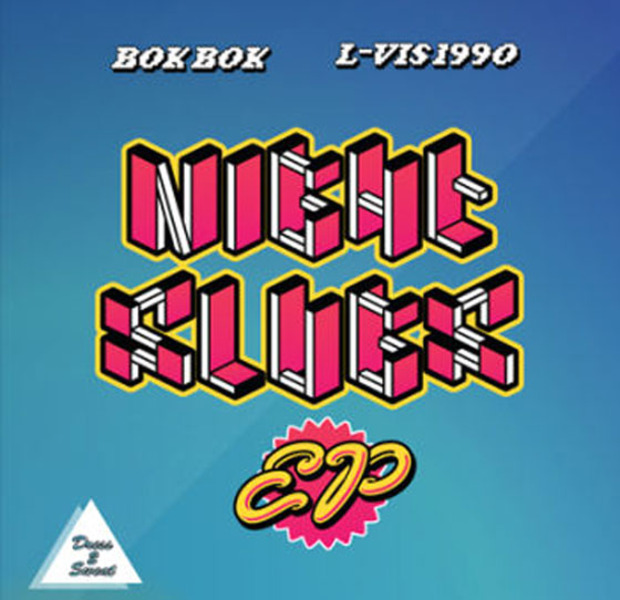The “spirit of the times” we’re going through right now, is a transition from revamped visual revivals from the 1980’s, to the 1990’s. We can see this, as our recent craze for all things 80’s between 2004 and 2009 has begun to fade - instead of all underground imagery such as album art work, video and graphic design using aesthetics inspired by the likes of Miami Vice, Tron and Ferris Beuller’s Day Off, they’ve started moving on to more 1990’s based styles, focusing more on popular visuals from the time such as Terminator 2, Jurassic Park and Back to the Future 3.
A good example would be the “off-the-radar” craze of remixing films for music videos, as first seen in Ratatat’s video (by E*VAX) for their song “Mirando”, “mashing” up footage from Predator to a tribal beat. Video mashing is an often illegal form of video art created by hijacking copyright video of youtube and editing it to ones likes. After E*VAX's video, a new scene was introduced, different to the commercial craze of geometric visuals and neon lit text e.g. Daft Punk’s stage imagery and M.I.A.’s music videos, that instead takes on far more organic forms, such as shamanic African patterns and tropical wildlife - this seems like an ironic take on childhood Disney films such The Lion King and Tarzan.
It could however be more accurately a depiction on hip hop imagery from the time such as Afrika Bambaata’s or A Tribe Called Quest’s. This transformation in our present zeitgeist is a very strange thing to try and bring across in a literary from, but one the best examples around is Douster’s music video for his track “Triassic” the epitome of this afro/dinosaur mood.
About 3 years ago, within underground electronic music, the favored tempo was around 120 beats per minute, giving the sound a very typically 1980’s “whoompf” to the drumming that really works well on the dance-floor. Subtly though, in the past 2 years, the tempo has been put up to a choppier and punchier speed reminiscent more of Prodigy or Altern8's early material at around 140 BPM, almost reviving the first decade of amphetamines with the now (il)legal mephedrone which is stirring even more controversy due to it’s unknown side-effects. It seems like an entirely modern take on acid-house culture.
This change in speed has mainly been introduced by the likes of The Count and Sinden, pioneers of the new, “hyperbass” genre, inspired heavily by early breakbeat, D’n’B and ironically, bad American dance music. The sound is thick, repetitive and throws the once so popular Korg synth out the window. Other artists catching on to the phenomena are Herve, Switch and BokBok/
When picturing the blend of 80’s and 90’s sound, hyperbass’ audio features are a clean balance:
Drum loops: (1990’s) - Often samples, the reuse of hip hop or rave drum loops is definitely back, mainly for nostalgia but also for the irony (which will soon become the norm).
Instruments: (1980’s) – Still, the use of echoing and droning synths are used in a dark manner, reminding us a lot of Laurie Anderson or Inner City.
Vocals: (80’s/90’s crossover) – R’n’B vocals found in both decades are revisited, probably for their great hip hop-to-rave relations (commonly know as “hip-house” at the time). The hip house vocal style can be found in much of Simian Mobile Disco’s “Temporary Pleasure” album, released mid 2009.
Here's another sign of things to come:
Look at the lion faces!








No comments:
Post a Comment